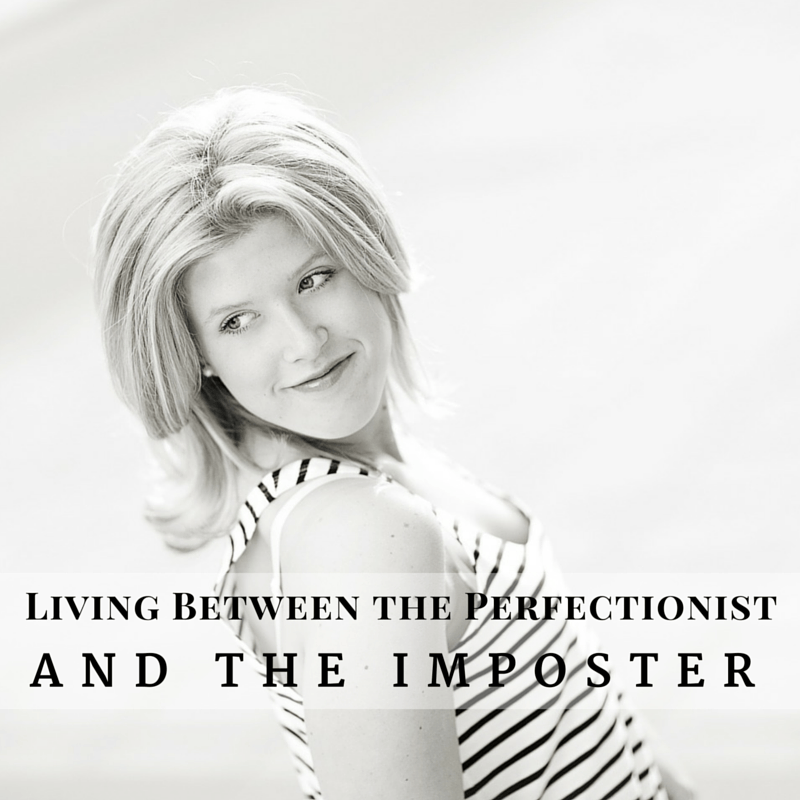
This week, I had the great fortune to attend the 2014 Mass Conference for Women.
Throughout the day, I took copious notes and tweeted more than I have in years. There were so many moments that rang true. So many that made me sit back and think “I KNOW this!” or “I thought I was the only one.”
In some cases, the moments were a kick in the pants, and others were like a lightbulb going off in my head or my heart.
I cannot possibly express how much energy was coming off the 10K women at the event, or how much it filled me. If it’s any indication, this is the first time I have written in 3 months. It was just the rejuvenation – and revelation – I needed after ignoring how low my energy levels have gotten recently.
One of the sessions that stood out for me was called “Claiming your Happiness” – a session led by Cindy Ratzlaff and Kathy Kinney, authors of Queen of your Own Life. In the last two days, I must have shared insights from this session with at least a dozen people – hopefully this resonates with you as well.

Why this session? While I look around my life and think that I should be happy, sometimes I’m not. There have been times in my life when I have been joyfully blissful for who I am, where I am and the life I have. Other times, I have been miserable, and unsure how to find my way back to that place of bliss.
I feel uncomfortable talking out that bad place, because from the outside in, there is no obvious reason for me to be unhappy. I fear that it will seem like meaningless nonsense to someone else who has much greater challenges than I do.
The idea that happiness can be claimed – that I could figure it out by myself – was very appealing.
Cindy and Kathy talked about happiness as a journey, not a destination. They called out 3 steps to move obstacles out of the way as we progress on that journey:
1. Set strong boundaries without any casualties, including ourselves
When we say yes to everyone else, we are saying no to ourselves. Saying yes, when we really mean no, builds up resentment.
One Cub Scout mother I know told me that she’s asked to participate in every school activity because they know she’s at home. She’s running her family business and going to school full time – that it is at home does not mean she’s readily available for everyone else’s needs but her own. Yet she feels guilty saying no, because there are rarely volunteers.
Cindy and Kathy recommended asking ourselves three questions when we are asked to do something: Am I willing to do this? Am I able to do this? Am I interested in doing this?
If any of the answers are no, then don’t do it. There is a polite way to say no, but don’t make excuses. We need to own our right to decide commitments for ourselves and not allow guilt to drive us.
On the flip side, if we say yes, we need to own it and follow through without resentment because we are making the choice.
2. Stop listening to negative self-talk
We would never let strangers talk to us the way we talk to and about ourselves. Our inner dialog is constantly running – what is it saying? How do we talk about ourselves out loud?
The impostor syndrome – thinking “I’m not really this good” or “this time I’m going to be found out” is something that many of us suffer from. It is okay to have self-doubt, it keeps us humble. It is not okay, however, to challenge our own worth or possibility.
Kathy asked herself one day, “If I don’t have my own back, who will?” She confronted her inner voice and said “If you don’t have anything nice to say, don’t say anything at all.”
My inner dialog is really loud, and it’s not always positive. Recently, I’ve been spending a lot of effort trying to drown it out. Kathy made me realize that maybe I need to change it’s tone, rather than trying to shut it up.
3. Stop trying to be perfect
Jokingly, Kathy said “Perfectionism is the leading cause of death in women ages 10 to 110.”
Perfectionism and being a human being are incompatible, and it takes the joy out of living. The key to remember is that progress, not perfection, is what moves us forward.
We have to be willing to make mistakes and forgive ourselves for them. It’s part of growing and learning. We have to remember that if life isn’t hard, if it isn’t sometimes messy, we are not making progress.
For decades, I have said that I have a bar higher than anyone else will set for me, or than I can ever achieve. That I would never set that same bar for anyone else – but it’s what keeps me dreaming, pushing and trying.
As a leader, what am I modeling for my team? What am I doing to myself? Raising the bar each year, or after an achievement, is necessary for growth. However, maybe I should allow myself to feel a sense of accomplishment for what I do, rather than continually compare myself against an unattainable goal of perfection.
Each year, Kathy asks guests at her New Year’s party to write down and share two things:
* What from this past year do you want to carry forward and bring with you into the new year?
* What do you want to let go?
This year, I commit to reflecting on what’s working and what’s not, deciding what to keep and what to let go. Looking at the concepts of boundaries, negative self-talk and perfection, I have the feeling that many of the “let it go” items will have a common theme. If anyone wants to join me, feel free to reach out.
Do you have suggestions on claiming your happiness? On finding that place between the Perfectionist and the Impostor? I would love if you would add your comments and keep the conversation going.








